Crane & Co., for many years made money making money in western Massachusetts. U.S. currency was made from Crane paper. So was fine stationery used by U.S. presidents and the crowned heads of Europe.
The papermaking enterprise started when Zenas Crane headed west from Boston looking for water in 1801. He found it along the Housatonic River in Berkshire County, Mass., and began making paper. He and his partners were the first to make paper west of the Connecticut River.
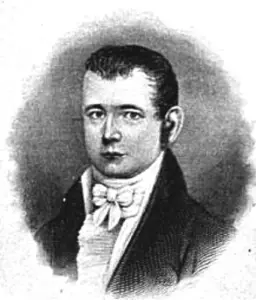
Zenas started making notes for local, then regional banks, and finally for the U.S. government. By 1842 he had full control of a paper mill in Dalton, Mass. Two years later, his sons established Crane & Co. By then, the company had developed a way to embed silk threads in banknote paper to deter counterfeiting.
Crane Paper Rises and Falls
Crane & Co. thrived into the early 1900s, then joined the decline of western Massachusetts’ papermaking industry. The company did prosper during the last recession because the Federal Reserve issued a lot of currency. People also used a lot more cash. But people also spent less on luxury items like fine engraved letterpress cotton stationery,. Email, too, was taking the place of written correspondence.
The hand-engraved stationery business diverged from the currency business, which involved very technical applications of films, fibers threads and watermarks. Writing paper fell as a percentage of Crane’s revenue. In 2015, Crane & Co. spun off the stationery division, located in North Adams, Mass. Mohawk Fine Paper then bought it and closed the North Adams plant. Mohawk now makes paper under the Crane stationery trademark in Cohoes, N.Y.
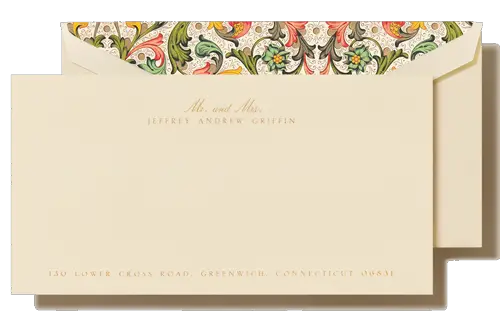
Crane & Co.’s currency division became Crane Currency and spun off a technology company called Crane Payment Innovations. In 2023 the two companies formed Crane NXT.
Here are some fun facts about Crane & Co.
1. Crane has made all U.S. paper currency since 1879.
That’s because Winthrop Murray Crane, the founder’s grandson, won election to the U.S. Senate from Massachusetts. As a senator, he negotiated a contract with the U.S. Treasury to buy paper from his family’s company. For decades, Massachusetts’ politicians made sure that contract stays with the Crane company.
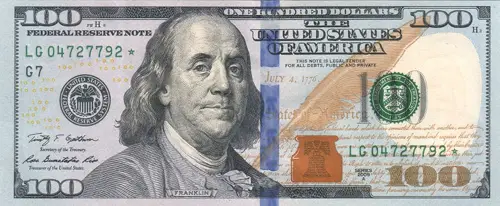
In the 1990s, U.S. Sen. Edward M. Kennedy shepherded the Crane contract renewal through the Senate. He then telephoned a surprised reporter in Boston to say he’d just saved 400 jobs in Dalton, Mass. The word “monopoly” did not come up in the conversation.
Crane also won a contract to supply wrapping paper for the Winchester Repeating Arms Company. A shrewd businessperson, he took over the family finances and increased its wealth by investing in American Telephone and Telegraph Company, Boston Albany Railroads, Otis Elevator Company and Western Union.
As a politician, Winthrop Crane hated making speeches. He won six elections in Massachusetts – as lieutenant governor, governor and senator – without ever making a speech. Chauncey Depew, U.S. senator from New York, noted that he “never made a speech. I do not remember that he made a motion. Yet he was the most influential member of that body.”
His second wife, Josephine Boardman, started the prestigious Dalton School in New York City, named after Dalton, Mass.
He also mentored a rising young politician named Calvin Coolidge.
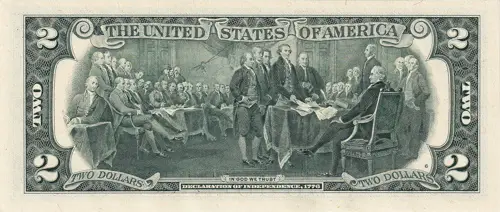
2. Crane made U.S. currency from Levi’s denim.
Up until about 2007, scrap cotton used to make Levi’s blue jeans went into every single U.S. banknote. Then someone had the bright idea of putting spandex in denim. Crane’s machines wouldn’t work with the stuff.
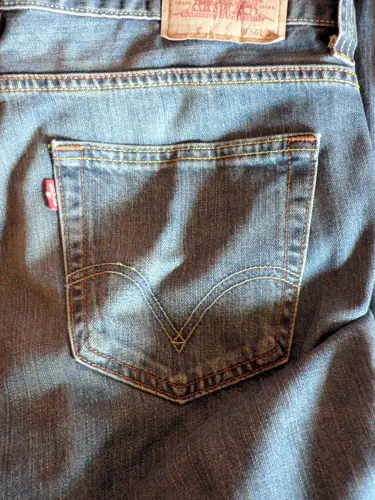
Cellulose fiber is separated out from the cotton, beaten to a pulp and suspended in water. Then it’s screened and dried.
You can make paper out of anything made of cellulose. You can make a wedding invitation from your mother’s wedding dress. Or you can use your father’s Army coat to make paper for his wartime memoirs.
3. Berkshire County once had 65 paper mills.
Beginning in the 1820s, the county led the United States in papermaking. Berkshire County papermakers followed Zenas Crane, Jr.,’s example of adopting new technology. They starting using cylindrical papermaking machines in the 1820s and 1830s. Then in the 1840s they replaced them with Fourdrinier machines.
Invented in Europe, the Fourdrinier machines used a fabric mesh conveyor belt. Then the machine drains a slurry of fiber, or pulp, on the conveyor belt to make a continuous web of paper.
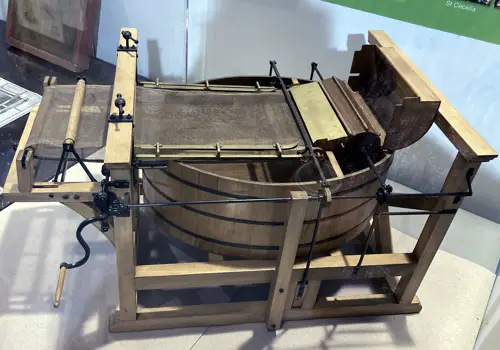
Model of a Fourdrinier continuous paper making machine at Frogmore Paper Mill
Paper mills seemed to spring up like mushrooms up and down the rivers in western Massachusetts. Paper companies included the Smith Paper Co. in Lee, Eaton, Crane & Pike in Pittsfield and the Weston Paper Co., in Dalton (Julia Child was the granddaughter of Weston’s founder).
Berkshire County’s ample water supply explains part of why papermakers came to the area. The Housatonic, Hoosic, Westfield, Deerfield and Farmington rivers all flow through it.
Papermaking created a lot of water pollution, though. As recently as August 2024, the Berkshire Eagle reported “Elevated levels’ of solvent chemicals found in soil at Rising Paper Mill site in Great Barrington.”
4. Crane was and is an arbiter of etiquette.
In 1989, before the internet sent written correspondence the way of the dodo, Crane published Crane’s Blue Book of Stationery. The book offered guidance on communicating with confidence in personal and professional correspondence.
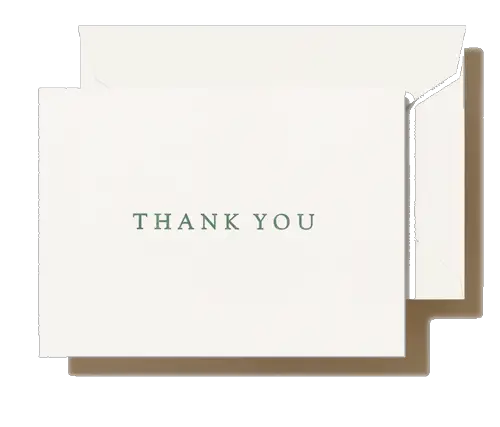
Now you can look online for Crane’s guide to stationery etiquette, or “How to be wonderfully gracious on paper.”Take thank you notes, for example. Crane advises:
- Thank you notes should be sent out as soon as possible after you receive the gift.
- Make sure to address your Thank You Note to the person or persons who gave you the gift.
- Include a sentence or two about how/when/where you might use the gift and how excited you are to do so.
5. Paul Revere used Crane paper.
Not for writing thank-you notes, but for making colonial paper money. Revere used paper made by the first Crane, Stephen, who had bought a paper mill in Boston in 1770. Stephen Crane called it the Liberty Mill. His son Zenas ended up in the Berkshires because he had several older brothers, and he wasn’t going to inherit any paper mills.
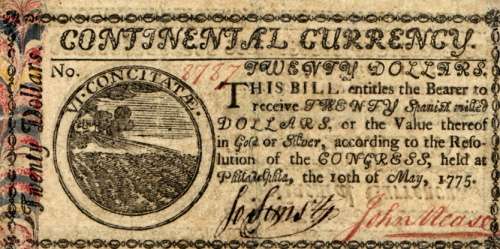
Continental currency
6. Anyone who was anyone used Crane paper for correspondence.
Some of the uses to which Crane’s stationery has been put include invitations to the Queen Mother’s 100th birthday party, invitations to a dinner honoring Winston Churchill and a Christmas card sent by President Franklin Roosevelt and his wife, Eleanor.
First Lady Jackie Kennedy wrote sympathy notes on Crane stationery. President William Taft invited people to White House receptions on it. Crane also supplied invitations to the inaugurations of the Statue of Liberty and the Golden Gate Bridge.
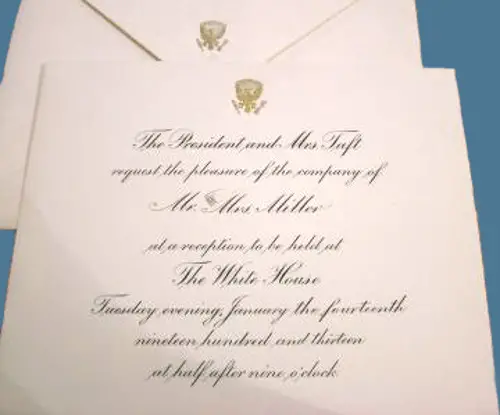
7. Crane’s Old Stone Mill Rag Room is on the National Register of Historic Places.
The company built a stone mill in 1844 with a rag room used to process rags. It used the stone building for many of its papermaking operations until it burned in 1869. The company rebuilt it into an even bigger mill. Then in 1890 Crane & Co. demolished most of it, leaving the Rag Room.

Rags were processed in this room to make Crane paper.
The company in 1930 turned it into the Crane Museum of Papermaking, with exhibits and artifacts about the company history. They included Zenas Crane’s tools and a model of the early equipment used to make paper.
The National Register of Historic Places listed it in 1983. The Rag Room also belongs to the Cranesville Historic District in Dalton. The museum is now closed.
Images: Taft invitation: CC BY-SA 3.0, https://en.wikipedia.org/w/index.php?curid=14752205. Rag room: By John Phelan – Own work, CC BY 3.0, https://commons.wikimedia.org/w/index.php?curid=10638498, Fourdrinier machine By Chris55 – Own work, CC BY-SA 4.0, https://commons.wikimedia.org/w/index.php?curid=108551909. Levi’s By Michael Carian – Flickr, CC BY-SA 2.0, https://commons.wikimedia.org/w/index.php?curid=44401675.

